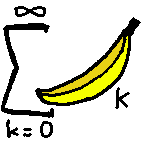| Commit message (Collapse) | Author | Age | |
|---|---|---|---|
| * | Redo rail models | orwell96 | 2017-03-12 |
| Use multiple textures for slope objects, include mbb's rail textures and make curves and switches look better. Also add cable template. | |||
 |
index : advtrains.git | |
| Advtrains mod for minetest. | orwell |
| aboutsummaryrefslogtreecommitdiff |